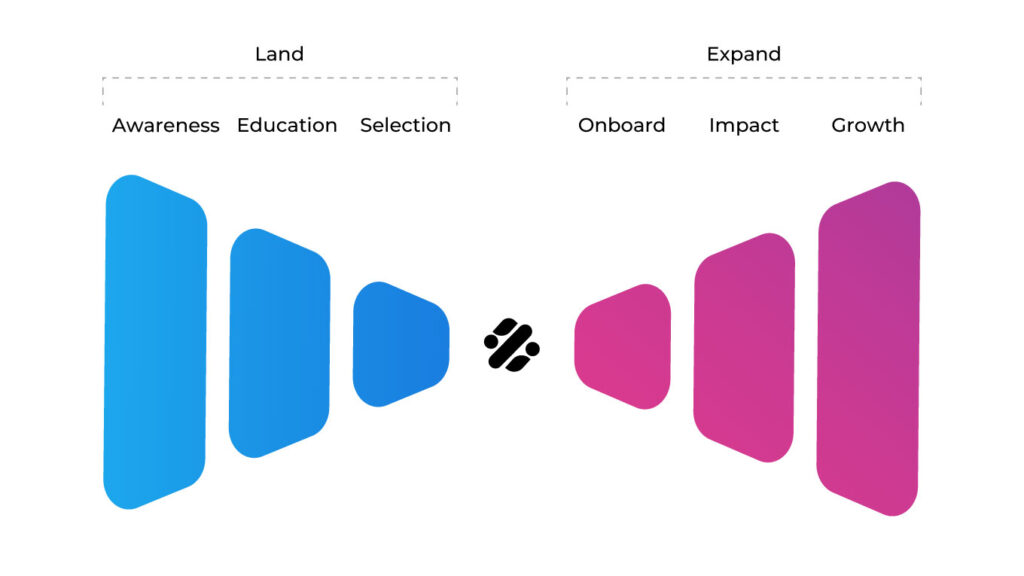Value-based bidding has changed the way advertisers are acquiring traffic. You don’t necessarily need to overly focus on the cost per click (CPC) or cost per acquisition (CPA). While they are still important and can point you in the right direction, you have less control over them with automated bidding.
When you focus on getting as many conversions as possible at the same cost per conversion, you are excluding an important variable. The value of that conversion.
And when you do that, you might run into issues when trying to scale the Google Ads account.
What is value-based bidding?
Value-based bidding is the bidding strategy that focuses on converted value, rather than the number of conversions. So the campaigns will be targeting quality over quantity.
For example, let’s say you’re selling 4 products priced at $10, $25, $30, and $50. Before, when using manual bidding, you would have to periodically look at your bids and adjust them accordingly.
Otherwise, you would be overspending on cheaper products and have low volumes for your more expensive products because of the low CPCs.

In this case, the numbers would look like this:
| Product | Ad spend | Converted value | ROAS |
| A | $1,539.00 | $810.00 | 52.63% |
| B | $2,337.00 | $3,075.00 | 131.58% |
| C | $1,273.00 | $2,010.00 | 157.89% |
| D | $627.00 | $1,650.00 | 263.16% |
If you try to get as many conversions as possible, you might not bid differently for cheaper products and the more expensive ones.
So your returns might be capped. Because you are missing out on additional conversions which might be more expensive, but still profitable.
If we look at how value-based bidding would look like, we see different results.

| Product | Ad spend | Converted value | ROAS |
| A | $240.00 | $400.00 | 166.67% |
| B | $840.00 | $1,750.00 | 208.33% |
| C | $1,230.00 | $2,460.00 | 200.00% |
| D | $1,564.00 | $3,400.00 | 217.39% |
How value-based bidding works
In the examples, you see the numbers of conversions are skewed.
A conversion-based strategy goes for the cheapest conversions in the market first regardless of the returns. And it will gradually go for more expensive conversions until your budget depletes.
With a converted-value focused strategy, the cost of the conversion doesn’t matter, as long as the returns are positive.
Now, think of how much data Google’s bidding algorithm is using with Smart bidding. Google has gathered a tremendous amount of data on its users. So it knows if someone is in the market for a particular product or service and it can adjust the bids accordingly.

For a value-based bidding strategy to work, there are three key factors you will need:
Google’s user data
Google’s user data is a given when using Smart bidding, so there’s nothing you need to do.
Your own data
When it comes to your own data, you will have to think about what Google needs to deliver the results.
First, you will need to have your conversions tracked properly. Without conversion tracking, Google will not know the value of the clicks it buys.
Think of what is important for your business. The conversions could be online purchases, form submissions, calls, etc.
Don’t go for superficial events, such as page views or time spent on page. These don’t bring any real value to your business. And steering the algorithm towards them will only waste your budget.
Other pieces of data you can offer Google are Customer match lists or remarketing lists.
There is no clear recipe for the data you need to provide. The rule of thumb is to provide as much as it makes sense.
A clear goal
The campaigns need a clear goal for Google to attract the right audiences. And you can control this through your conversion goals, targeting, audiences, and the target ROAS.
If you let Google run wild with the value-based bidding it will steer towards warmer and warmer audiences. Because these will have a higher probability of converting. So it will be easy to reach the ROAS target.
But you can guide the algorithm by using the new customer acquisition goal feature that they offer. But do not trust it blindly. Test it and see if it truly brings you more new customers. There are examples in which it did not work properly and affected the campaigns negatively.
Another way of doing this is to use your customer match lists (or any other customer data you can provide) and use them as audience exclusions.
Is value-based bidding right for you?
Value-based bidding could be a great way to increase your campaigns’ performance. But it also depends on your business and the type of conversions you are tracking.
If your business has conversions with a fixed value, then it doesn’t make sense to use value-based bidding.
For example, you are trying to sell an online course and you drive traffic to your landing page. If you have a fixed price, with no tiers, extra memberships, subscriptions, or add-ons, it is best to focus on getting as many conversions as possible. And you can opt for a maximize conversions to target CPA bidding strategy.
Value-based bidding for B2C/DTC
Most DTC businesses (think ecommerce) have multiple products with various prices and different profit margins. Assigning the same conversion value for all the sales would not be the best strategy.
To increase the effectiveness of value-based bidding, you can think of other value-adding conversions besides the checkout/purchase conversion. Here, you can get a little creative and dive into the data.
See how much first-time purchasers spend with you after an email campaign. Additionally, you can look at the lifetime value (LTV). Then you can calculate the value of a newsletter subscription. And test it as a conversion in your Google Ads account.
Value-based bidding for SaaS/B2B
When it comes to lead generation, most companies opt for tracking sign-ups or form submissions and go for a maximize conversions strategy. While it makes sense to focus on getting as many leads as possible at a fixed/stable CPA, not all customers spend the same amount.
So it might be worth testing a value-based bidding strategy. Think of how the conversions might differ in value: there are different subscription tiers, add-ons, custom discounts, etc.
But do keep in mind that Google, like other advertising platforms, tends to overattribute conversions to itself. And this inflates the ROAS. If you think that might be the case for you, consider using MER instead of ROAS.



